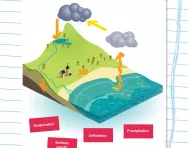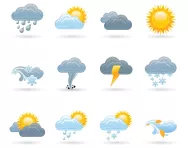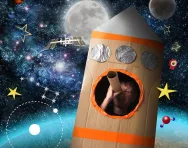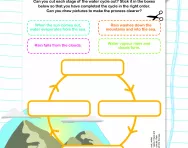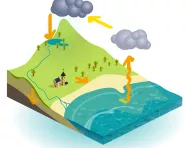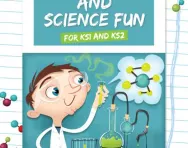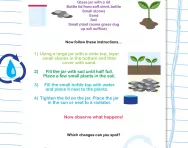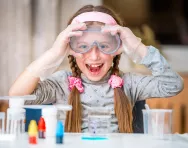Important update from TheSchoolRun
For the past 13 years, TheSchoolRun has been run by a small team of mums working from home, dedicated to providing quality educational resources to primary school parents. Unfortunately, rising supplier costs and falling revenue have made it impossible for us to continue operating, and we’ve had to make the difficult decision to close. The good news: We’ve arranged for another educational provider to take over many of our resources. These will be hosted on a new portal, where the content will be updated and expanded to support your child’s learning.
What this means for subscribers:
- Your subscription is still active, and for now, you can keep using the website as normal — just log in with your usual details to access all our articles and resources*.
- In a few months, all resources will move to the new portal. You’ll continue to have access there until your subscription ends. We’ll send you full details nearer the time.
- As a thank you for your support, we’ll also be sending you 16 primary school eBooks (worth £108.84) to download and keep.
A few changes to be aware of:
- The Learning Journey weekly email has ended, but your child’s plan will still be updated on your dashboard each Monday. Just log in to see the recommended worksheets.
- The 11+ weekly emails have now ended. We sent you all the remaining emails in the series at the end of March — please check your inbox (and spam folder) if you haven’t seen them. You can also follow the full programme here: 11+ Learning Journey.
If you have any questions, please contact us at [email protected]. Thank you for being part of our journey it’s been a privilege to support your family’s learning.
*If you need to reset your password, it will still work as usual. Please check your spam folder if the reset email doesn’t appear in your inbox.
What is the water cycle?
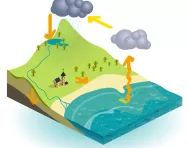
What is the water cycle?
The water cycle is the continuous journey water takes from the sea, to the sky, to the land and back to the sea.
The movement of water around our planet is vital to life as it supports plants and animals. Powered by the Sun, the water cycle is happening all the time, though some parts of the cycle take hundreds of years (for example, some of the Earth's water is frozen in polar regions or lying in underground reservoirs and not part of the constant movement of water through evaporation, condensation and precipitation).

How is the water cycle taught in primary school?
As the diagram shows:
- Water from the earth’s oceans is heated by the sun’s rays which causes it to change into a gas and rise into the air (this is called evaporation).
- Once high up in the sky, the gas begins to cool and turns back into a liquid (condensation).
- The water droplets form clouds which become heavy and fall from the sky in the form of rain, sleet, hail or snow; this is called precipitation.
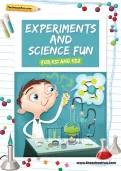
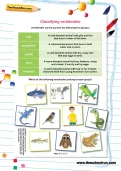
Download fantastic science resources today!
- Experiments And Science Fun pack
- Science Learning Programme for each school year
- All the instructions, questions and information you need
When is the water cycle taught?
In Year 4 children learn about the water cycle including the terms evaporation and condensation.
In Year 5 children will use their knowledge and understanding of evaporation to separate mixtures of solids and liquids.
Children also learn about the water cycle in geography lessons during Key Stage 2 (which year group will depend on the individual school). In geography children learn to describe and understand the water cycle in terms of physical geography and will consider its effect on weather.
How is the water cycle taught?
Children may watch video clips of the water cycle and might be asked to draw and label diagrams of it. Children will most likely carry out scientific investigations on this topic, for example recording evaporation over a time period; this could be by measuring the amount of water in a container left out in the sun or using chalk to draw around a puddle on the playground and observe changes in the size of the puddle.
In Year 5 children may carry out experiments or practical investigations to separate salt and water by using evaporation.
Water cycle activities to do at home:
- When it rains, discuss how this happens with your child. Where does the rain come from? What are clouds? Use the correct vocabulary: evaporation, condensation and precipitation.
- Investigate evaporation of puddles by drawing around the puddle with chalk and observe what happens over several hours.
- Ask your child to help you peg some washing on the line. Discuss how the water evaporates in the warm air to dry the clothes. Where does the water go? What is this called? Use the vocabulary evaporation, condensation, precipitation.
- Create a diagram of the water cycle. You could use paint, colouring pencils, chalks outside on a patio, natural materials such as leaves and twigs, collage materials or dried pasta and lentils to create your diagram. Label each stage: evaporation, condensation, precipitation.
- The Severn Trent Education Zone offers a number of water cycle activities for children, including an interactive water cycle adventure, Join Molly on the Journey of Water.







